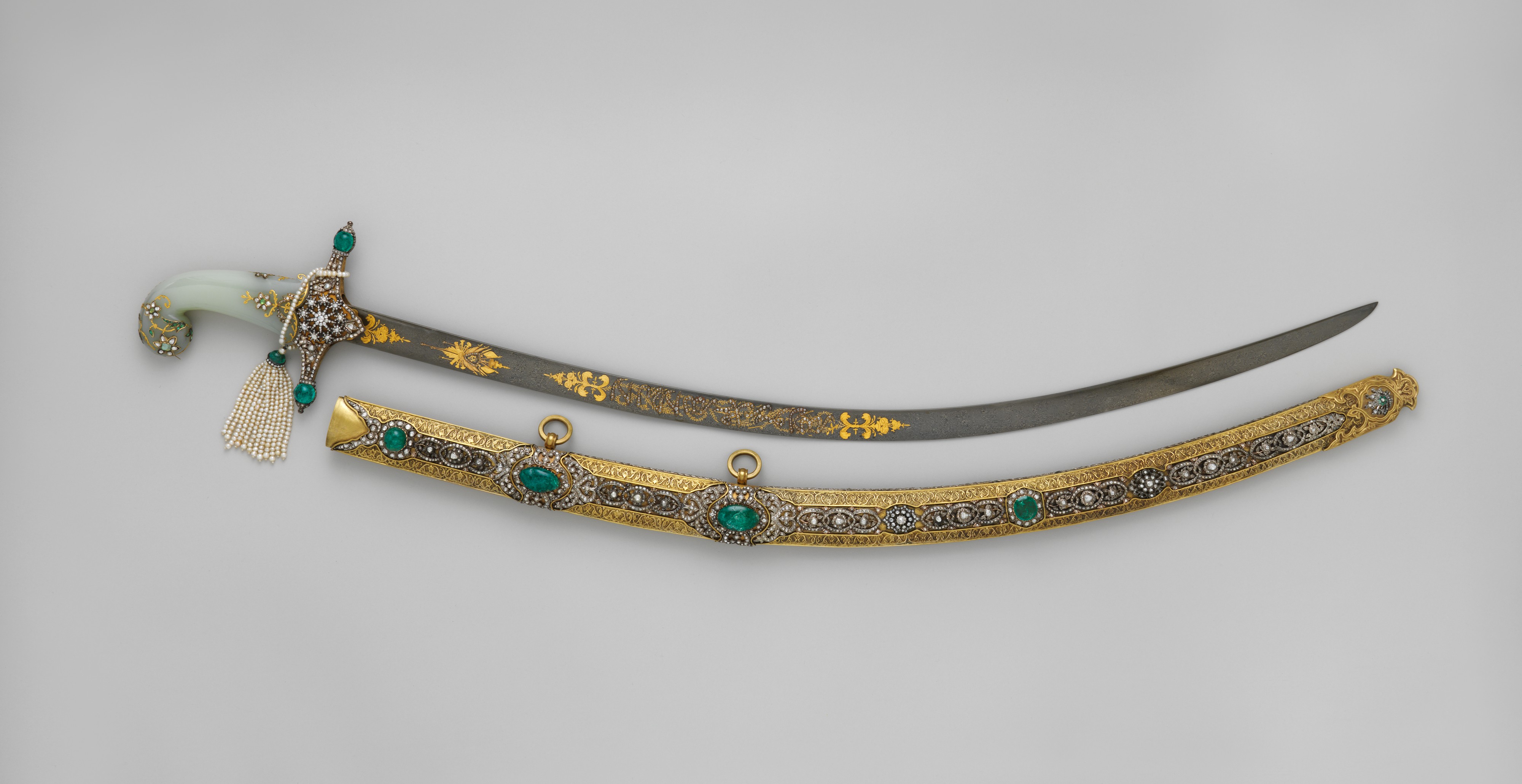
Ottoman swords, bows, guns, rifles, artillery, and firearms were a variety of Ottoman weapons made use of by the military forces of the Ottoman Empire throughout the centuries. The Kilij, as a specific kind of saber connected with the Ottoman Turks, begin to show up historically from primarily the mid-15th century. Among the earliest well-known instances is attributed to Khan Muhammed Uzbek from the very early 14th century, and also is presently on display screen in the Hermitage Gallery in St Petersburg. This unique flaring tip is called a yalman (incorrect edge) and also it considerably contributes to the reducing power of the sword. Ottoman sabers of the next couple of centuries were typical of the Selchuk selection, though the indigenous kilij kind was also found; Iranian blades (that did not have the yalman) were fitted with Ottoman hilts. These handles typically had somewhat longer quillons to the guard, which was usually of brass or silver, and showed off a spherical termination to the grasps, generally constructed from horn, unlike that seen on Iranian swords (Iranian swords typically had iron guards and the grasp terminated in a hook-shape commonly with a metal pommel sheathing).
Kilij, one of the most characteristic Turkish swords, dates back to the Asian Huns. The most essential function of this sword is the bending and also splashing in the middle (the name offered to the sharp area on both sides of the end of the sword) is very sharp impact and reducing power.
These handles normally had somewhat longer quillons to the guard, which was normally of brass or silver, as well as sported a rounded termination to the grasps, usually made of horn, unlike that seen on Iranian swords (Iranian swords normally had iron guards as well as the hold terminated in a hook-shape typically with a metal pommel sheathing).
Kilij, one of the most characteristic Turkish swords, days back to the Oriental Huns. The most essential feature of this sword is the flexing and splashing in the middle (the name given to the sharp area on both sides of the end of the sword) is very sharp influence and reducing power. The Turks, who moved from Asia to Eurasia as well as Anatolia, deeply influenced the sword forms of the whole Center East with the swords they brought with them. In the following periods, with the rise of the Footrest Realm, it also impacted Europe with the name of the Ottoman Sword.
Other than their very own handmade weapons, the Footrest federal government shifted to acquiring product and all set guns as well as artillery tools straight from international companies to prepare for the war.